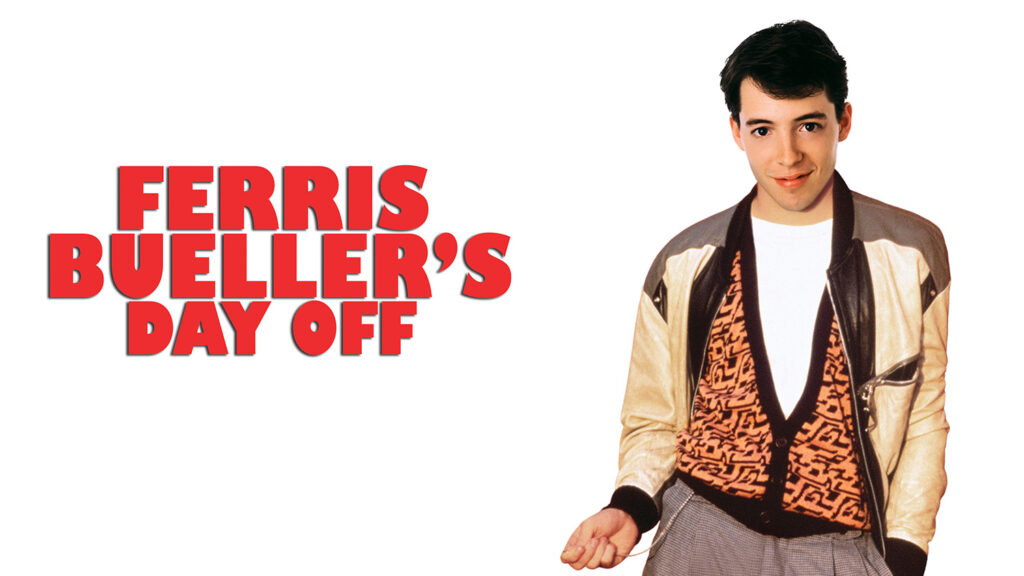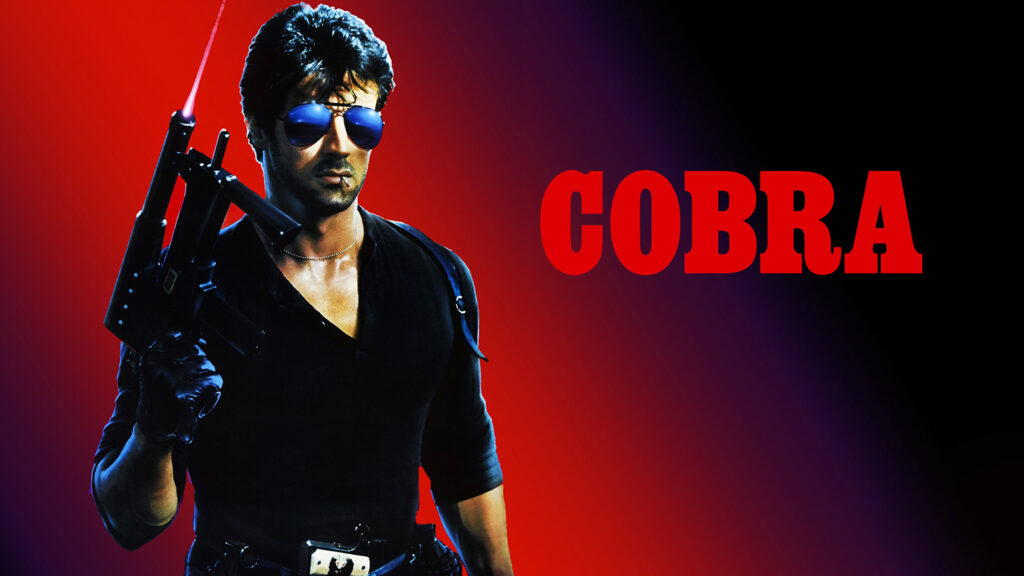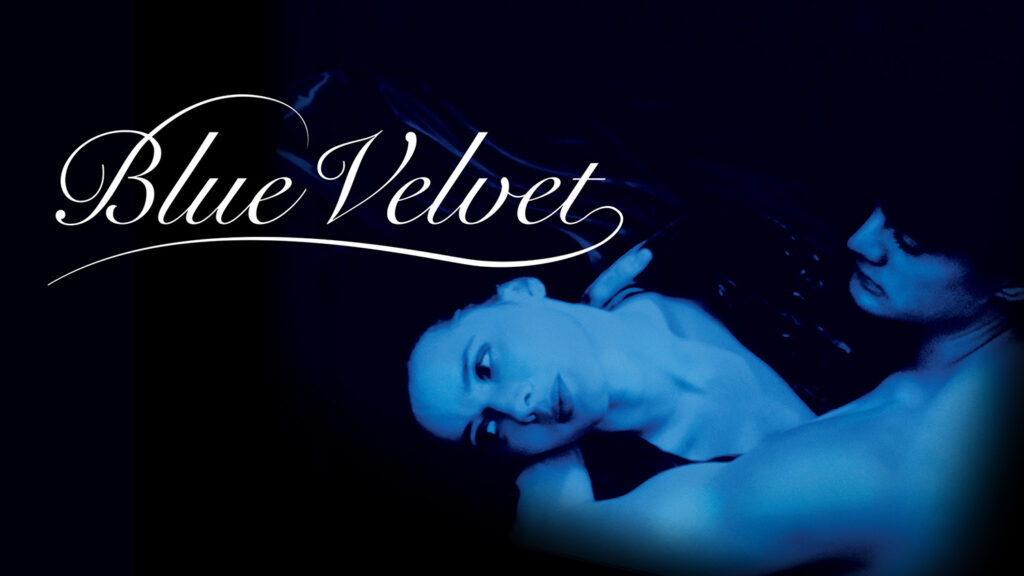Ferris Bueller’s Day Off
Originally published: June 14, 1986
Ferris Bueller’s Day Off may turn out to be the hit of the summer.
From when the alarm clock wakes Ferris up on his “day off” until after the last closing credit, Ferris Bueller’s Day Off proves to be the funniest movie since 1984’s Ghostbusters.
Matthew Broderick (who you may remember from WarGames and Ladyhawke) plays Ferris Bueller, a high-school senior who appears to be majoring in cunning, persuasion, and charm rather than the usual college-prep courses. With only weeks left before graduation, Bueller decides to play sick and enjoy a holiday.
After successfully faking off his parents (explaining how to do just that in an aside to the audience), Bueller wrangles away two friends (played by Mia Sara and Alan Ruck) from their suburban Chicago school and sets off for a day in the big city. They visit the Chicago stock exchange, a Cubs baseball game, a posh restaurant, a German heritage parade, and the Chicago Museum of Art.
Lots of fun and no problems, right? Fun, yes. No problems, no.


